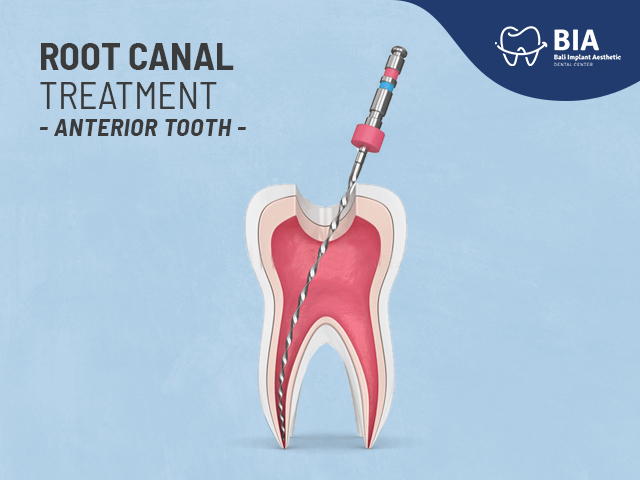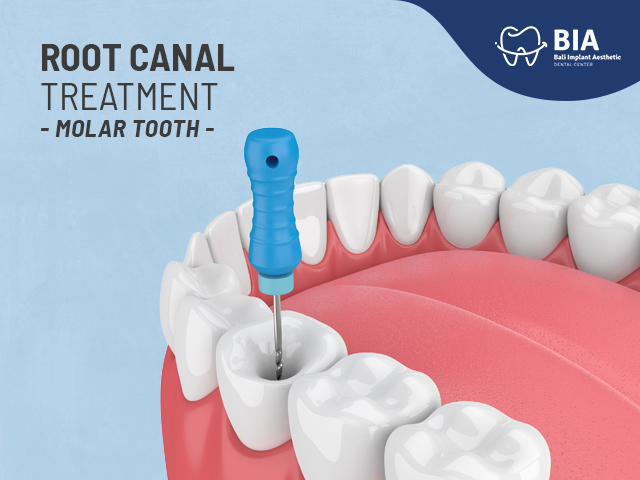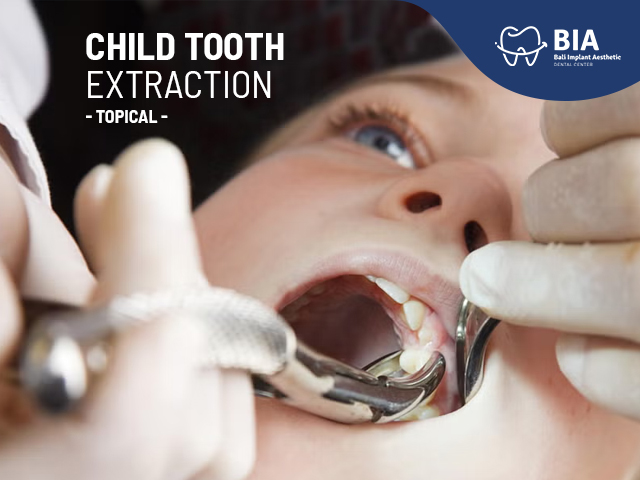Perform These Hand Washing Standards to Be Safe from Corona Virus (Covid-19)
Article | 2020-03-26 05:02:23
Home » Articles » Perform These Hand Washing Standards to Be Safe from Corona Virus (Covid-19)
Perform These Hand Washing Standards to Be Safe from Corona Virus (Covid-19)
Washing hands is one of the best ways to protect yourself and your family from getting sick. Know when and how you need to wash your hands to stay healthy.
Wash your hands often to stay healthy
You can maintain the health of yourself and your loved ones by washing your hands frequently, especially at the following important moments, especially when you are most at risk of contracting and transmitting the disease:
• Before, during and after preparing food.
• Before eating.
• Before and after treating someone who is vomiting and diarrhea in your home.
• Before and after treating wounds.
• After going to the bathroom.
• After changing diapers or cleaning children who have gone to the bathroom.
• After blowing your nose, coughing or sneezing.
• After touching animals, animal feed, or animal waste.
• After feeding and caring for animals.
• After touching the trash.
Follow the five steps to wash your hands properly
Washing hands is easy, and is one of the most effective ways to prevent the spread of bacteria and viruses. Clean hands can stop the spread of microbes from one person to another, and from one place to another.
Always follow these five steps:
1. Wet your hands with running water (warm or cold), turn off the tap, and use soap.
2. Rub your hands with soap until foam. Rub the foam on the back of your hand, between your fingers, and under your nails.
3. Rub your hands for at least 20 seconds.
4. Rinse your hands under clean running water.
5. Dry with a clean towel or in the air.
Washing hands with soap removes germs from the hands and can help prevent infection, because:
• People often touch their eyes, nose and mouth without realizing it. Germs can enter the body through these organs.
• Germs from unwashed hands can get into food and drink when someone prepares or consumes them. Germs can multiply in certain foods or drinks, under certain conditions, and then make people sick.
• Germs from unwashed hands can move to other objects, such as handrails, tables, or toys, and then transferred to other people's hands.
• Cleaning germs through hand washing will help prevent diarrhea and respiratory infections and can even help prevent skin and eye infections.
Use a hand sanitizer when you can't use soap and water
Washing hands with soap and water is the best way to kill germs in any situation. But if you don't have soap and water, you can use a hand sanitizer that contains at least 60% alcohol. The way to find out if disinfectants contain at least 60% alcohol is to read the product label.
Hand sanitizers with alcohol concentrations of 60-95% will be more effective at killing germs than lower alcohol concentrations or hand sanitizers that do not contain alcohol at all.
60-95% non-alcoholic hand sanitizers may not work well for certain types of germs and only reduce the growth of germs rather than killing them directly.
Disinfectants can quickly reduce the number of microbes in the hand in various situations. However,
• Disinfectants do not kill all types of microbes.
• Hand sanitizers may not function properly if your hands are really dirty or oily.
• Hand sanitizers may not eliminate harmful chemicals, such as pesticides and heavy metals. If hands touch dangerous chemicals, wash carefully with soap and water (or as instructed by experts in the field of hazardous waste).
How to use a hand sanitizer
• Apply the gel to the palm of one hand (read the label for the right amount).
• Rub your hands.
• Rub the gel on all surfaces of the hands and fingers until dry. Do it in about 20 seconds.
Source:
https://www.cdc.gov/handwashing




